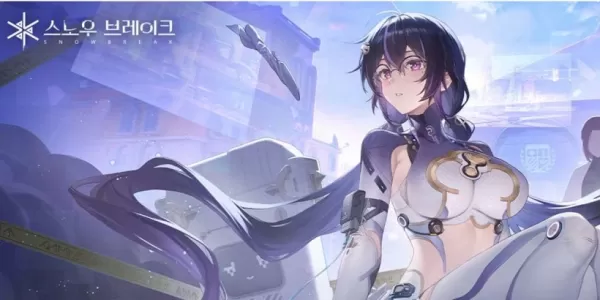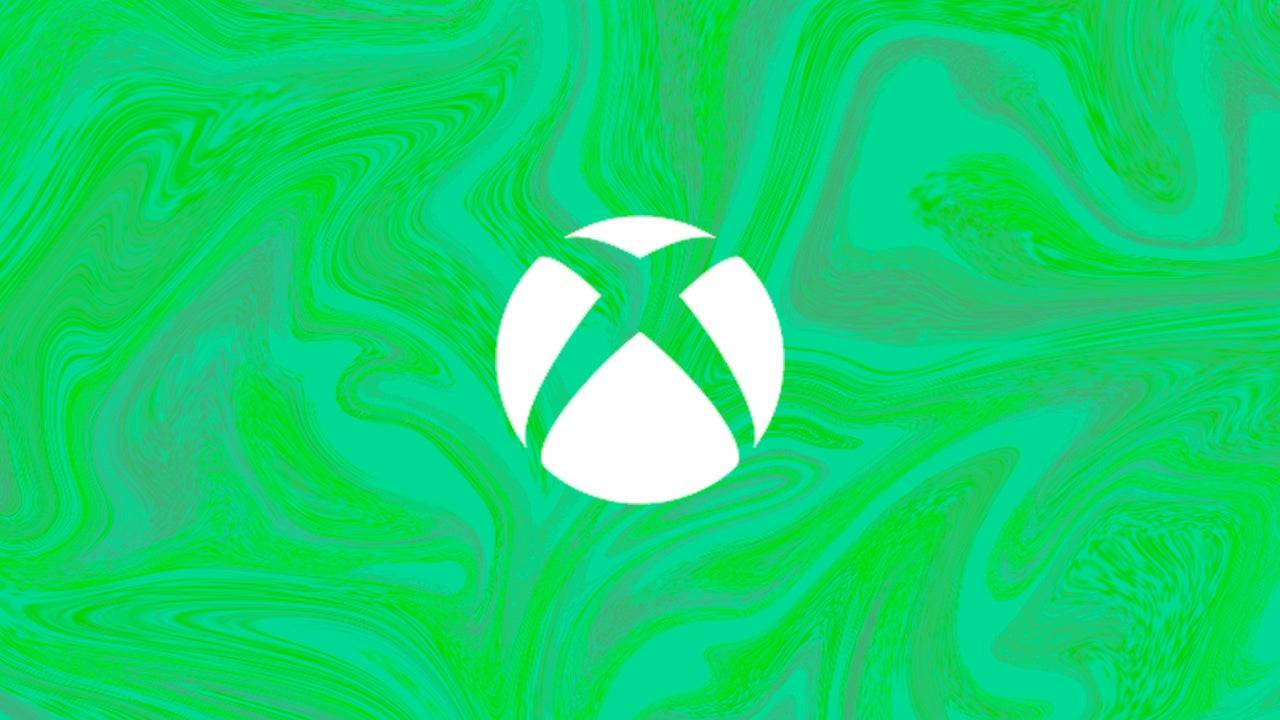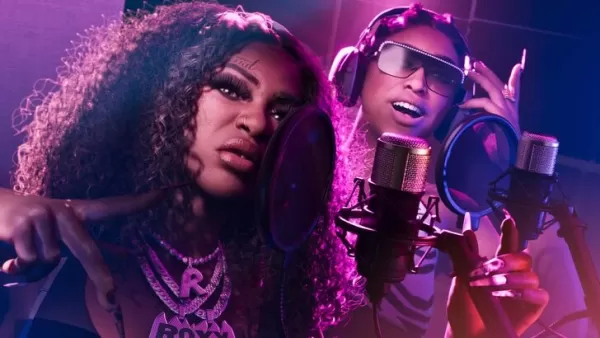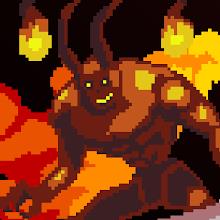Stanley Kubrick’s 1980 adaptation of *The Shining* is widely regarded as one of the most iconic horror films ever made, and its enigmatic final shot remains one of the most debated images in cinematic history. The closing scene reveals a mysterious photograph from the Overlook Hotel’s 1921 Fourth of July ball—featuring Jack Torrance (played by Jack Nicholson) standing prominently despite not having been born yet. While this eerie detail was created for the film by digitally inserting Nicholson into a real historical photo, the original image itself faded into obscurity after its use in the movie—until now.
After nearly half a century since the film's release, the original 1921 photograph has finally resurfaced, thanks to the diligent efforts of retired University of Winchester academic Alasdair Spark. His discovery sheds new light on one of cinema’s enduring mysteries and reignites interest in Kubrick’s meticulous attention to visual storytelling.
A Photographic Mystery Solved
Alasdair Spark detailed his research journey on Getty’s Instagram, revealing how he traced the origin of the image. Initially, facial recognition software identified the unknown man at the center of the photo as Santos Casani, a London ballroom dancer. Spark further uncovered that the image was taken at the St. Valentine’s Day Ball held on February 14, 1921, at the Empress Rooms of the Royal Palace Hotel in Kensington. It was among three photographs captured by the Topical Press Agency during the event.
Spark also shared a newly scanned version of the original glass-plate negative, along with supporting handwritten documents confirming the authenticity of the image. This breakthrough came after years of dead ends, misidentifications, and mounting frustration.
“It was starting to seem impossible,” Spark admitted. “Every cross-reference to Casani failed to match. Other likely places that were suggested didn’t match either.” He noted that some leads led nowhere and that fears began to grow that the photo might be lost to history forever.
How the Image Made Its Way Into The Shining
Spark learned from on-set photographer Murray Close—responsible for capturing the Nicholson portrait used in the film—that the original photo had been sourced from the BBC Hulton Library. Knowing that Hulton had acquired the archives of the Topical Press Agency in 1958—and that Getty Images later acquired Hulton in 1991—gave Spark the idea to dig through Getty’s vast digital collection.
His search eventually led to the revelation that the image had been licensed to Hawk Films, Stanley Kubrick’s production company, on October 10, 1978—clearly for use in *The Shining*. This confirmed the timeline and source of the photo, resolving decades of speculation.
“Joan Smith had said the photo dated from 1923,” Spark explained. “Stanley Kubrick had said 1921—and he was correct.” He also clarified that the image contains no hidden celebrities or secret figures—no Trix Sisters, financiers, presidents, or devil worshippers. “Nobody was composited into it except Jack Nicholson,” Spark emphasized. “It shows a group of ordinary London people on a Monday evening. ‘All the best people,’ as the manager of the Overlook Hotel said.”
A Fitting Conclusion to a Cinematic Legacy
This rediscovery adds a fascinating layer to the legacy of *The Shining*, which was adapted from Stephen King’s 1977 novel and famously reimagined by Kubrick. The film remains a cornerstone of psychological horror, while King’s story was later brought to life more faithfully in Mick Garris’ 1997 miniseries.
For cinephiles and fans of Kubrick alike, uncovering the truth behind the film’s cryptic final shot is a moment of genuine cinematic satisfaction—a reminder that even decades later, there are still secrets waiting to be revealed in one of the greatest films ever made.

 LATEST ARTICLES
LATEST ARTICLES 












